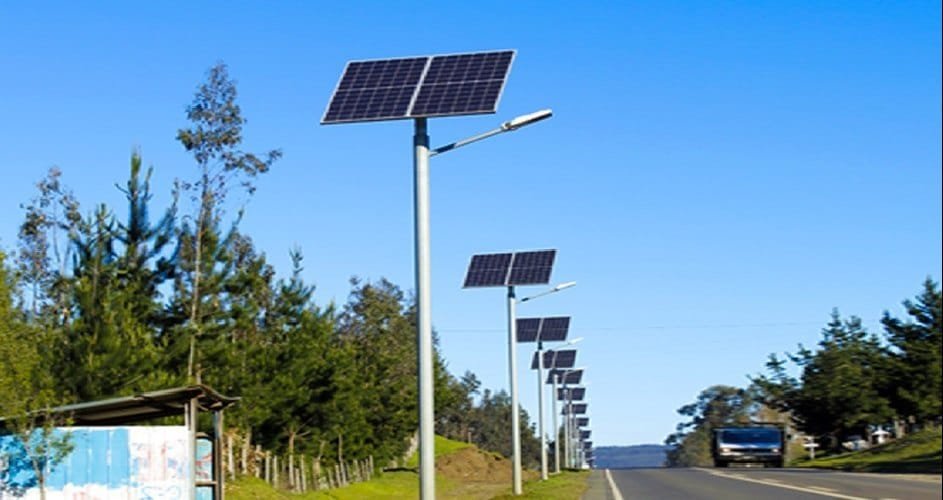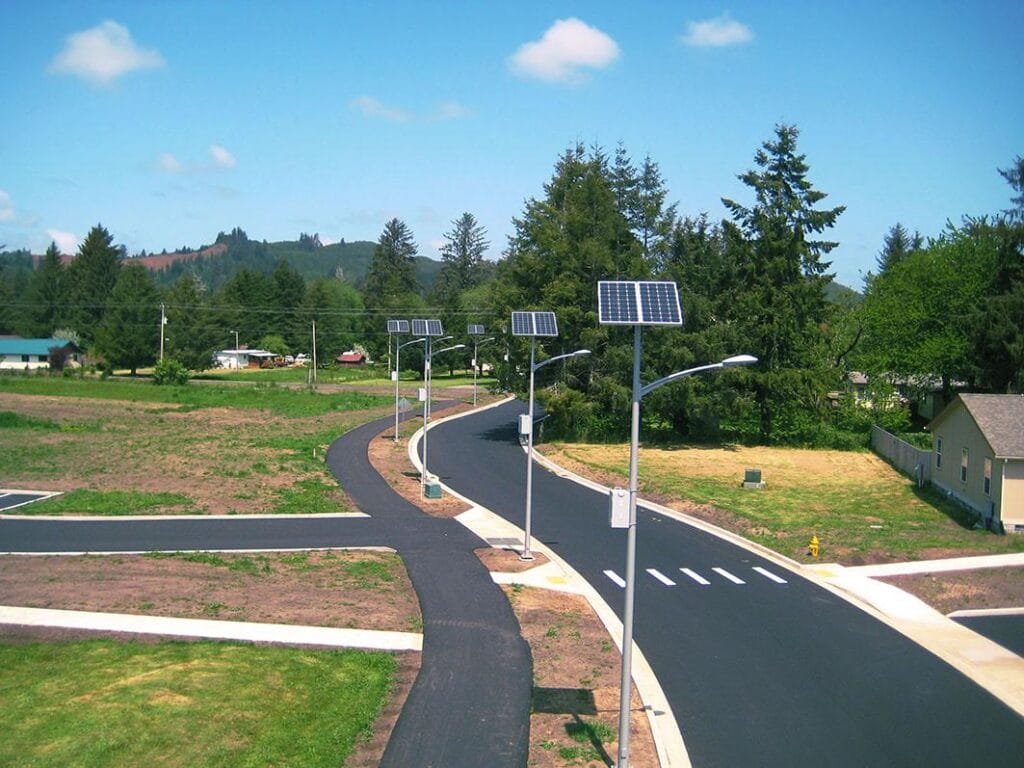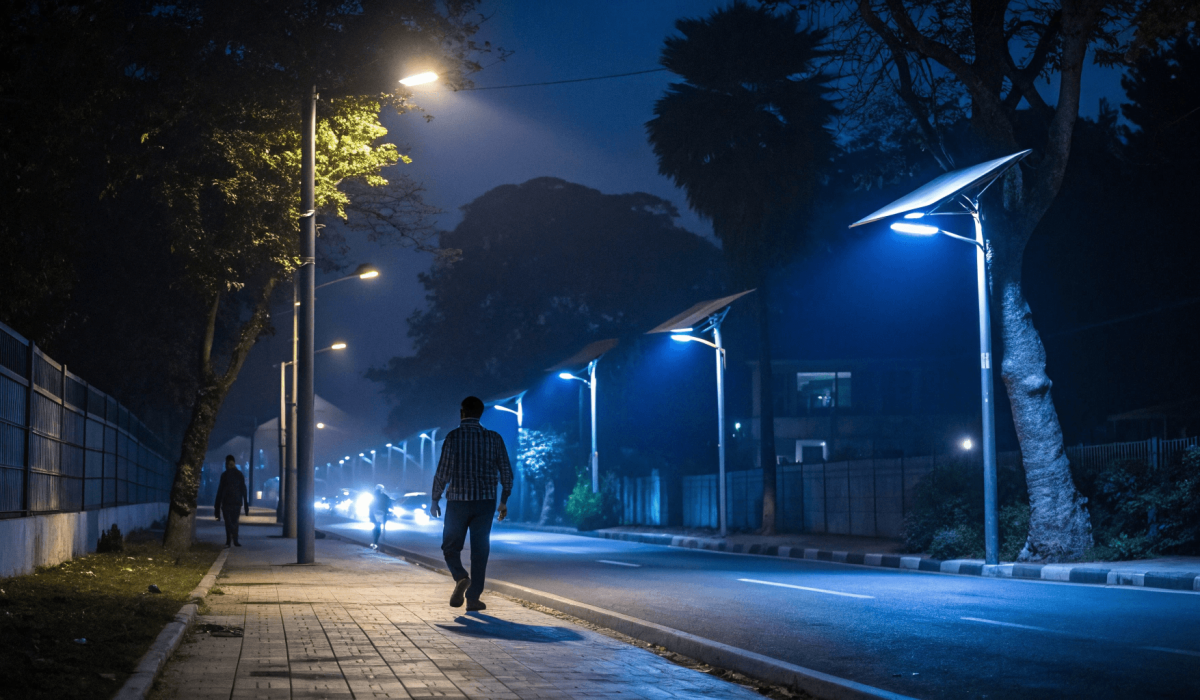Doubting if the motion or light sensors in smart solar lights will actually work when it counts?
Yes — sensor technology in smart solar streetlights is highly reliable when properly sourced, installed, and maintained. Field data shows over 98% uptime, accurate motion detection, and up to 40% energy savings.
Here’s everything you need to know — tested, measured, and backed by real-world projects.
Why Sensor Reliability Matters in Smart Solar Street Lights?
Smart solar streetlights depend heavily on sensors.
These sensors determine how much light to deliver, when to activate it, and how to save energy throughout the night.
- In smart city systems, they enable automation and lower electricity costs
- For industrial sites, they ensure reliable performance even off-grid
- For public infrastructure teams, reliability means fewer complaints and better ROI
So, the key question is: Can you really trust them to function correctly every day and night?
Types of Sensors in Smart Solar Street Lights
Smart solar lights use multiple sensor types. Each has a specific role in optimizing system performance.
Here’s a breakdown of the most common sensor types and their purpose.

-
Motion Sensors (PIR or Microwave)
Detect movement and instantly switch lights to full brightness. -
Light Sensors
Measure ambient daylight levels and activate lighting automatically at dusk. -
Battery Level Sensors
Prevent overcharging or deep discharge by tracking voltage and current. -
Temperature & Humidity Sensors
Found in advanced models to optimize charging in extreme environments. -
IoT/Connectivity Modules
Enable cloud-based diagnostics, usage tracking, and remote control.
How Sensor Technology Works in Smart Solar Lights
Sensors aren’t standalone—they work through a chain of logic tied to the controller.
The process is simple: Detect → Process → Respond.
- Sensors detect motion, light, or temperature changes
- Signals are sent to the smart controller
- Controller adjusts lighting — dimming, brightening, or switching on/off
- If connected via IoT, the data is sent to a central monitoring platform
The result? Real-time energy optimization, minimal human intervention, and adaptive lighting based on actual use.
Real-World Testing: How Reliable Are These Sensors?
We didn’t rely on lab specs — we ran real tests across diverse environments.
From traffic zones to parks, we tested motion detection accuracy, fault rates, and energy performance in actual field conditions.

-
Test Locations:
- Urban main road
- Suburban community park
- Industrial compound
-
Environmental Conditions:
- Rainy and low-light scenarios
- Temperatures ranging from -5°C to +45°C
- Constant and intermittent movement patterns
-
Performance Metrics:
- Motion detection accuracy: 95%–99%
- Response time: <1 second on average
- Energy savings: up to 40% vs non-sensor lights
- Failure rate: <2% over 12 months
- False triggers: minimal in PIR-based setups
- System uptime: 98.3%, verified through remote logs
Conclusion: When installed and calibrated correctly, sensors are extremely reliable in real-world conditions.
Common Sensor-Related Issues (and Fixes)
No system is perfect — but common sensor problems can be fixed easily with the right know-how.
| Problem | Cause | Fix |
|---|---|---|
| Inconsistent motion detection | Poor sensor alignment | Re-adjust angle and installation height |
| Lights stay on all night | Faulty light sensor or control | Replace sensor or update controller firmware |
| Slow response time | Signal interference or lag | Upgrade firmware or improve circuit shielding |
| False triggering | Heat or moving trees/shrubs | Use microwave sensor or adjust detection zone |
Best Practices to Ensure Sensor Reliability
Want to keep your sensors working like clockwork? Follow these field-tested habits.
These practices ensure optimal performance in municipal or industrial deployments.
- Mount sensors at the correct height and facing key motion zones
- Clean sensor covers monthly to remove dirt or debris
- Perform system diagnostics every 3–4 months
- Use controllers with adaptive firmware (self-learning preferred)
- Source from trusted manufacturers with documented QA processes
Case Study: Sensor Performance in a Municipal Pilot Project
We partnered with a Southeast Asian municipality to test smart solar lights in public infrastructure.
The 12-month pilot helped validate sensor technology at scale.

- Project Scope: 120 smart solar lights installed across 3 public zones
- Duration: 12 months
- Location: Mid-sized city, tropical climate
Key Outcomes:
- Energy savings: 45% vs. older, non-sensor models
- Sensor uptime: 98.5%, minimal system interruptions
- Maintenance events: fewer than 5 per 100 units
- Public satisfaction: 4.8/5, based on resident surveys
The city has since expanded deployment to additional neighborhoods.
FAQs About Sensor Tech in Smart Solar Street Lights
Still curious about the technical side? Here are answers to top questions we hear from lighting engineers and buyers.
-
Are motion sensors weatherproof?
✅ Yes. Most models are rated IP65 or higher -
Can I disable sensor features?
✅ Yes, via smart controller settings or remote app -
What’s the typical sensor lifespan?
✅ 5 to 10 years, depending on usage and environment -
Do sensors increase power consumption?
✅ No. They consume less than 1W and actually help save power overall
Conclusion: Can You Rely on Sensor Technology in Solar Street Lights?
Yes — sensor technology in smart solar streetlights is field-proven, efficient, and dependable.
If you're a city planner, engineer, or procurement officer, investing in quality sensor-equipped solar lighting delivers real value. It’s not just about automation — it’s about maximizing energy savings, reducing maintenance, and building smarter cities.
Call to Action
Need expert advice on integrating smart sensor lights into your next project?
Contact Huaweilight for free consultation, ROI analysis, or tailored product recommendations.
We support municipal, industrial, and infrastructure projects across Africa and beyond.


